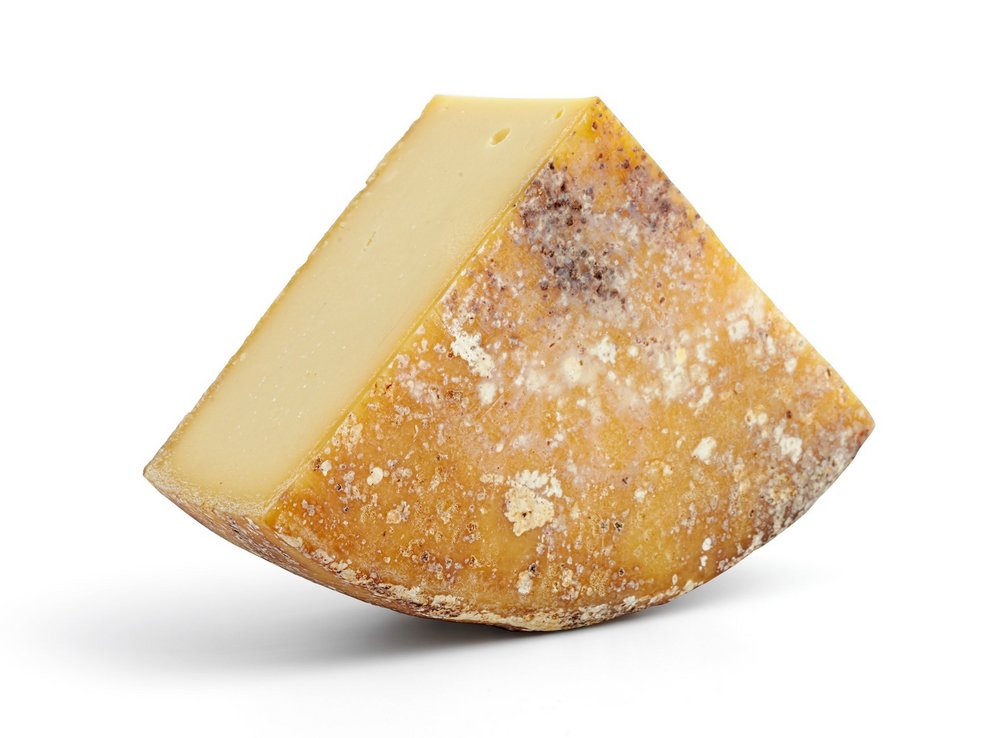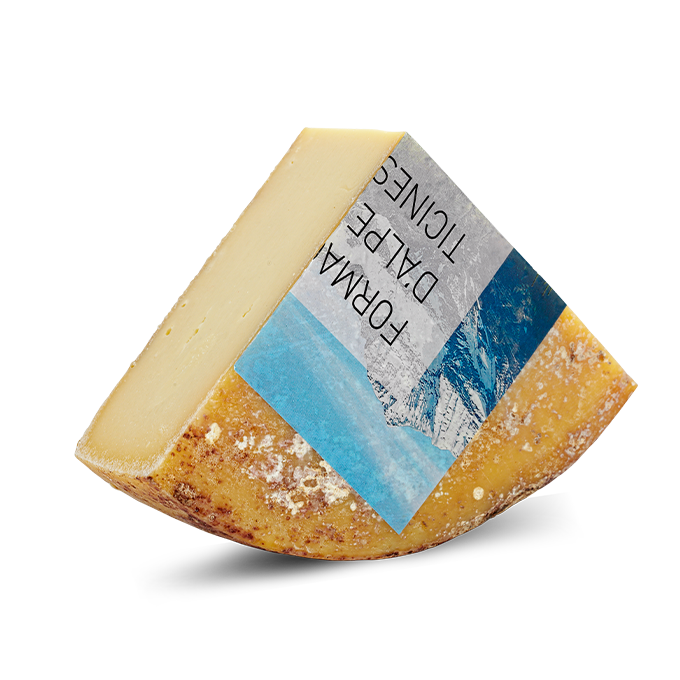The Alpkäse (literally: alpine cheese) is generally viewed as the precursor to hard and semi-hard cheese. The first written proof that the use of the Alps was already deeply routed in rural society in Ticino.
The story
The first written evidence showing that the use of the Alps was deeply anchored in rural Ticino society and that Alpkäse was produced at that time, dates back to the 12th century. The absolute necessity to make use of the entire territory forced the inhabitants of the alpine area to move their entire cattle, including their dairy cattle, to higher land in the summer months for cheese production. As such, they stayed at different levels (corti) of the same alp, one after another. The distance from their settlements and the need to produce long-lasting products
led to the development of techniques and, in turn, to the production of Alpkäse.
In his description of Italian Switzerland from 1783 to 1787, Schinz mentioned the cheese and the use of the Alps in the districts of the Ticino canton in which this product was produced. The information he provided has been confirmed by descriptions of the individual Alps and the cheese production techniques. In one capital of the book “Gotthard End su Biasca e Ia Val Pontirone”, which was published in 1920,
the production method for Alpkäse was described in detail. Aside from the hygiene measures that have been introduced over time and the new microbiological findings in the field of hygiene and cheese production, this largely corresponds to the current methods.

The ambassador of Ticino
The Formaggio d'alpe ticinese can justifiably be described as the messenger for alpine farming in the Ticino canton. It is set apart by the specific properties of the alpine pasture flora and by the production methods. The Ticino Alps stand between 1,500 and 2,400 metres above sea level and are home to lots of very flavoursome and varied grass species. An alpine pasture can contain up to 250 different plant species, compared to a maximum of 20 on a valley pasture. It is precisely this variety of species – which can vary from alp to alp – that lends the cheese its exceptional, unique and distinctive flavour notes and aromas.
It is not just good; it is healthy too. New studies, which have been carried out in conjunction with the ALP Liebefeld, have revealed that the cheese contains lots of unsaturated fatty acids (CLA, omega 3 and omega 6), which are extremely important for our health.
Ticino Alpkäse is far more than just a wonderful food; it is the authentic expression of the connection that a product has with its terroir. It is an art; a lifestyle. It is culture, tradition and pure nature.
The Alpkäse (literally: alpine cheese) is generally viewed as the precursor to hard and semi-hard cheese. The first written proof that the use of the Alps was already deeply routed in rural society in Ticino.

